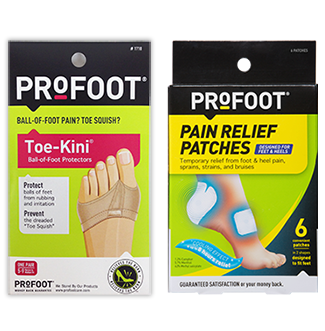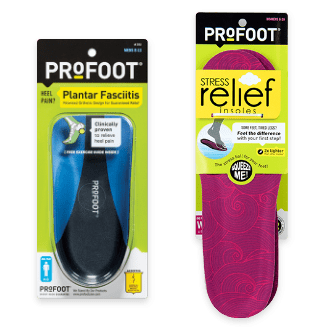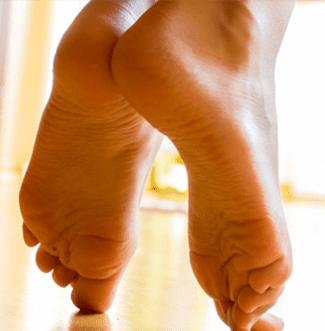Heel Spurs
What Is a Heel Spur?
A heel spur is a bony protrusion on the underside of the heel bone—or calcaneus. The bony growth usually begins on the front of the bone and extends forward towards the arch of your foot. Heel spurs vary in size and develop from calcium deposits that form where the plantar fascia connects to your heel bone. A heel spur doesn’t typically cause pain on its own, but in certain cases when a heel spur is noticeably prominent underneath your foot, and you can actually feel it under the skin, it can cause discomfort and pain.
Heel spurs are often caused by repeated strain on the muscles and ligaments underneath the foot, and by the tearing away over time of the layer of skin that covers the heel bone. Heel spurs also form when the plantar fascia overstretches and pulls away from the heel. People who put heavy stress on the plantar fascia may develop heel spurs from excessive running and jumping, as well as standing for long periods.
Does a heel spur cause plantar fasciitis?
Since heel spurs often develop in people who have plantar fasciitis, it is easy to mistake a heel spur as the source of your heel pain, especially when you feel like something sharp is stabbing the bottom of your foot. How could it not be something wrong with the bone? But it’s more likely that inflammation of the plantar fascia is causing that terrible pain underneath your heel.
And although heel spurs can sometimes worsen the inflammation, you do not have to have a heel spur to suffer from plantar fasciitis. Even if you do have both a heel spur and plantar fasciitis—a condition known as plantar fasciitis/heel spur syndrome—the heel spur is usually not what’s causing the pain.
Is a heel spur different from Achilles tendinitis?
Along with plantar fasciitis, pain at the back of the heel from Achilles tendinitis can also be mistaken for a heel spur. Achilles tendinitis is characterized by inflammation and chronic irritation of the Achilles tendon that runs behind the ankle to the outside of the heel bone. It occurs when the tendon is strained over time, causing the fibers to tear or stretch along its length or where it inserts into the heel bone. This is similar to how plantar fasciitis occurs when the fascia is strained or stretched. Although a heel spur can develop because of wear and tear on the Achilles tendon, along with other ligaments of the foot, it is not directly related to Achilles tendinitis.
Symptoms of Heel Spur?
It is difficult to diagnose a heel spur yourself. Only about half the people who develop heel spurs have heel pain, so you can have a heel spur without realizing it. Because heel spurs tend to be asymptomatic, they are often discovered only by accident on x-rays taken for a different reason. In the past, doctors would perform surgery to remove heel spurs, believing them to be the cause of the pain associated with plantar fasciitis. But today, surgery is rare and heel spurs are normally treated with cold compresses and icing, anti-inflammatories, physical therapy, and orthotics.
Choosing the Best Inserts for Heel Spurs
Orthotic inserts with arch support and padded heel cups can be used to help relieve pain and discomfort from heel spurs, as well as support the ligaments and tendons surrounding the heel bone.
- PROFOOT Triad Orthotic—This three-quarter-length insert provides 3-Zone support for heel, arch, and ball of foot. These three zones give shock absorption and relief to the balls of your feet, arches, and heels to protect your knees, legs, and back. Sizes available for men and women.
- Plantar Fasciitis Orthotic—This orthotic is specifically designed and clinically proven to fight symptoms such as inflammation and burning or aching pain in the heel associated with plantar fasciitis. The revolutionary design made with Vita Foam XD, cradles the heel for custom molded support and increased shock absorption. Sizes available for men and women.
















